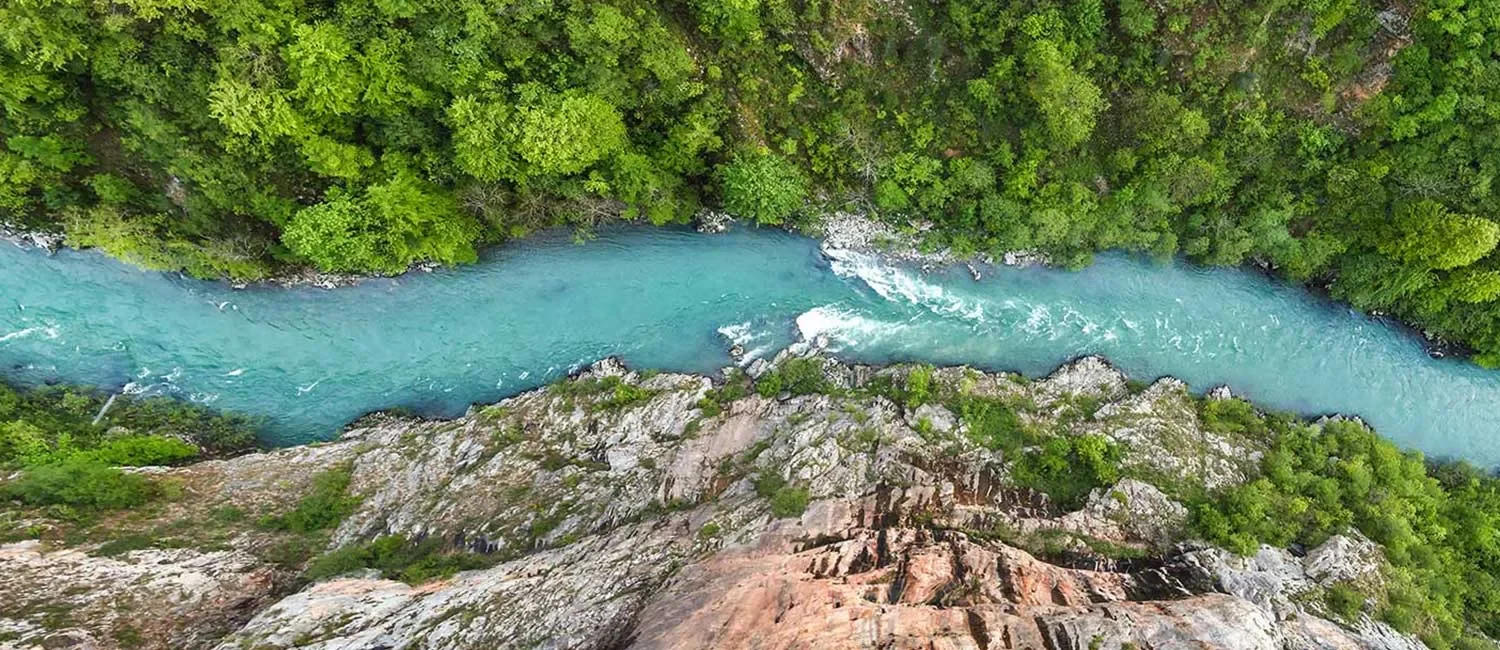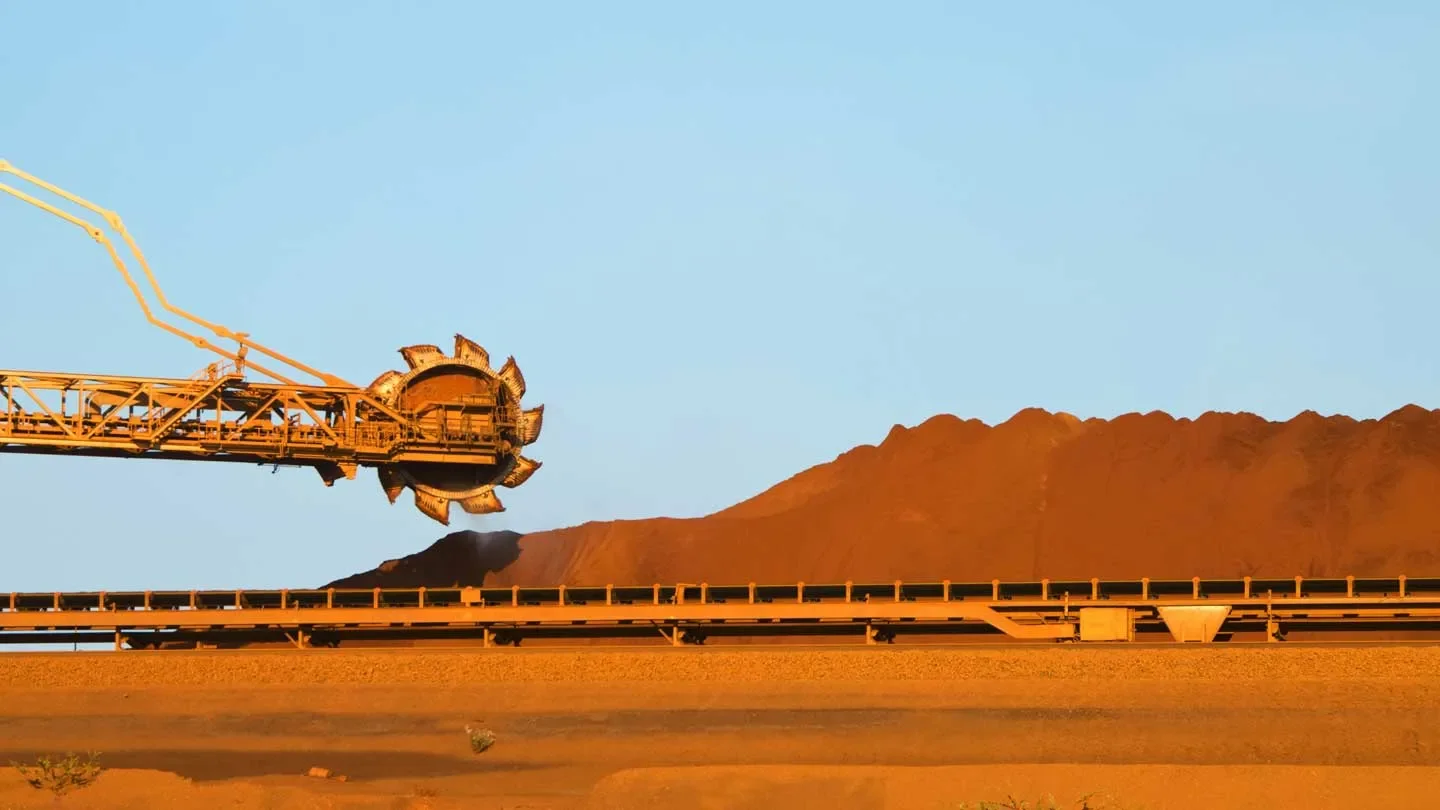Geopolitics and Climate Change
Asset management
Takeaways for investors
How is geopolitics linked with climate change?
Climate change was largely caused by the industrial revolution and the energy transition of the past. Resources exploited at that time have shaped the geopolitical landscape of today. Now many of the same countries that utilized these carbon-based resources are faced with the choice of curbing or exacerbating climate change via their policies and actions.However, geopolitical tensions and the energy security concerns resulting from them will affect those choices.
The question remains: will climate change be curbed as countries come together to enact collective policies? Or will it be forgotten in the geopolitical struggle and individual countries will be left to face the consequences of global warming at a national level, with their taxpayers forced to foot the bill for natural disasters and global warming?
Climate change might shape the relationships between countries.
Climate change causes damage and impacts resources directly via extreme weather events and natural disasters, but also in an indirect way, through its effects on the economy and the financial markets. For example, when more droughts occur in certain regions, that results in scarcer food resources for the local population (direct effect).
It also causes water levels in waterways like the Panama Canal and the River Rhine to drop, making it more difficult to transport goods, and that in turn has negative repercussions for the economy (indirect effect). Conversely, climate change can result in faster transportation routes as waterways once ice-bound become navigable as the global climate warms. One example of this is the Northern Sea Route.
Climate change will likely also lead to increased migration. Although most migration is predicted to occur within national borders, cross-border migration is also set to increase. This will inevitably increase geopolitical pressures and raise tensions at national borders.
A climate “cover up” in industrial policies?
Of course, countries can use climate change as a justification for pursuing trade policies which are actually aimed at protecting their domestic industries from foreign competition. Governments often resort to subsidizing their domestic producers and impose trade barriers and tariffs, such as the Biden administration’s recent decision to quadruple tariffs on Chinese electric vehicles.
Could climate change become a disguise for protectionist trade policies? If so, this will likely act as a brake on both the pace of the green transition and its scale, as any restrictions on access to low-cost products will tend to increase the cost of the transition in total. Data from last year shows that governments cited “climate change mitigation” as a contributing factor in almost 30 percent of their industrial policies aimed at protecting domestic industry, with advanced economies using this argumentation predominantly.
The question inevitably arises of whether governments are genuinely making efforts to curb climate change or just using it as “mask” behind which they seek to hide their protectionist impulses.
What will our taxes likely be spent on?
Fiscal policies which include funds earmarked for spending on climate change mitigation are likely to be challenged in future. With the current shift in attention towards geopolitics, it seems likely that some money will not be used to achieve climate goals but rather to improve national security and defense.
Europe is a special case here, as the EU could link the two things together. An economy less reliant on fossil fuels may reduce the EU’s geopolitical vulnerability and energy dependency. But even here, the latest EU parliamentary elections show that the voters’ focus is shifting away from “green” issues and towards national security and immigration.
Shifts in balance and the emergence of multipolarity.
Any move away from a fossil-fuel-driven economy towards an electrified infrastructure will also shift the balance of power away from fossil fuel exporting countries to those that mine or refine the metals and minerals needed for the green transition. However, the need for fossil fuels will not suddenly disappear during this transition, as the world still relies on fossil fuels for more than 80 percent of its energy needs.
On top of the struggle for dominance between China and the US, we will likely see a further rise in global multipolarity, in combination with resource scarcity. Resource-rich states (particularly those with resources needed for the green transition) could become “swing states” that oscillate between NATO-West and China-Russia-East. This could lead to a re-emergence of proxy wars that further destabilize weakly governed countries which have important resources.
What to watch for as an investor?
In the current environment, investors should closely monitor changes in the political landscape, such as the latest elections in India, the EU, and the US, and how they might change the momentum for the green transition versus other political priorities such as national and border security or industrial policy. In this transitional period, we believe investors should consider both the ongoing need for fossil fuels during the transition and the long-term benefits of being invested in sectors that will benefit over decades.
Geopolitical developments in the short but also the long term will shape the transition. For investors seeking “future-proof” solutions for their portfolios, there currently appears to be little alternative to maintaining a strong focus on “transition-proof” investments.


